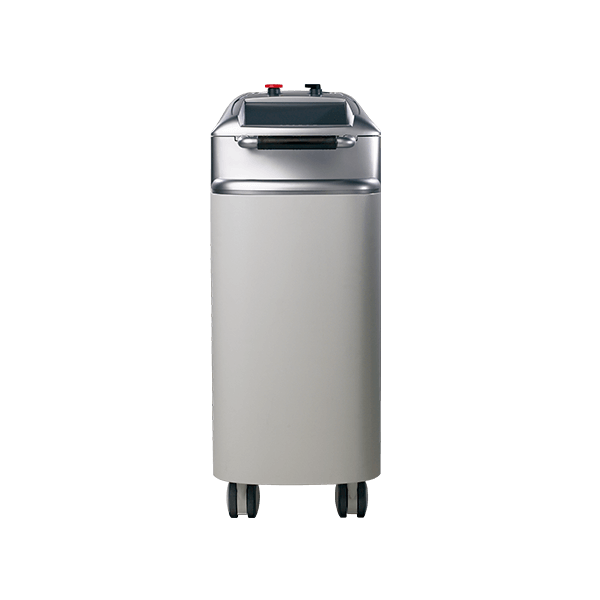Dermatologists encounter a wide range of cutaneous vascular lesions, including infantile hemangiomas, port-wine stain birthmarks, arteriovenous malformations, venous malformations, Kaposi sarcomas, angiosarcomas, and angiofibromas. Current treatment modalities to reduce these lesions include topical and/or intralesional steroids, laser therapy, surgical resection, and endovascular therapy. However, each method has limitations owing to recurrence, comorbidities, toxicity, or lesion location. Photodynamic therapy, antiangiogenic therapy, and evolving methods of sclerotherapy are promising areas of development that may mitigate limitations of current treatments and offer exciting options for patients and their physicians.
Various lasers, particularly the flashlamp-pulsed dye laser, have been proven to be effective in the treatment of facial vascular lesions. Nevertheless, the post-treatment side effects, such as pronounced purpura and changes in pigmentation, have been a matter of concern to patients.
A pulsed dye laser is the gold standard for the removal of vascular lesions and has been successfully used for over 15 years. It is a safe procedure, involving laser light energy being applied to the skin. Vascular lesions absorb the light energy, heating to the point of coagulation. Once this occurs, the lesions are absorbed naturally by the body during the healing process.
How does the PDL (pulsed dye laser) work?
The pulsed dye laser was specifically designed to select blood vessels in a vascular lesion and leave surrounding tissue unharmed. This is why it can be used safely, removing the pigmented tissue without damaging the surrounding skin. This type of laser is so safe that it can be used on children without adverse side effects. The laser includes a cooling device which further protects the skin from overheating and maintains your comfort during the treatment.
What conditions can be treated with the pulsed dye laser?
The following conditions can be treated with the pulsed dye laser:
Telangiectasia (blood vessels that cause red thread-like lines on the skin)
Rosacea (red facial lesions which can cause one to look sunburned)
Port-wine stains (red birthmarks that are generally present at birth)
Hemangiomas (a cluster of bright red vessels comprising a birthmark)
Spider veins (visible veins which can occur on the legs and face)
Poikiloderma (red color pigment on the skin which can be caused by sun damage)




